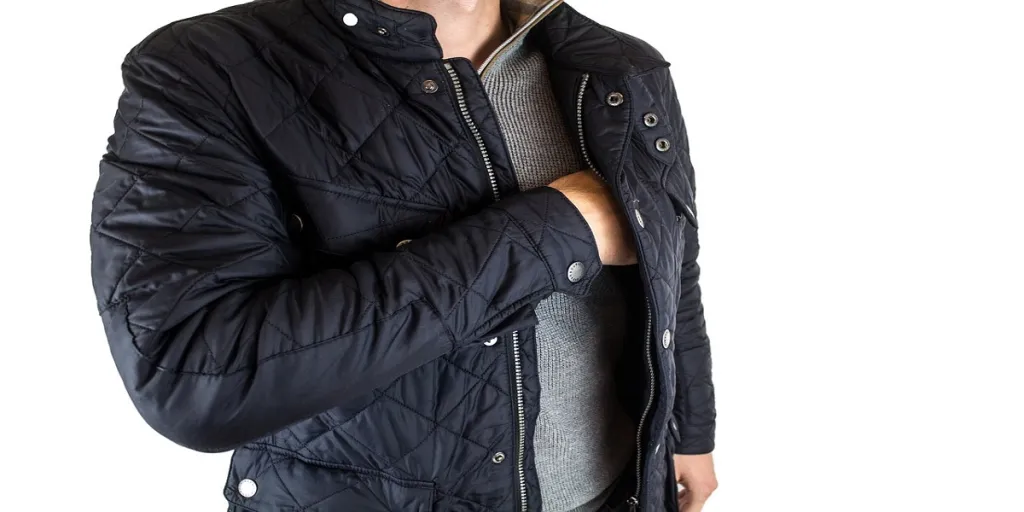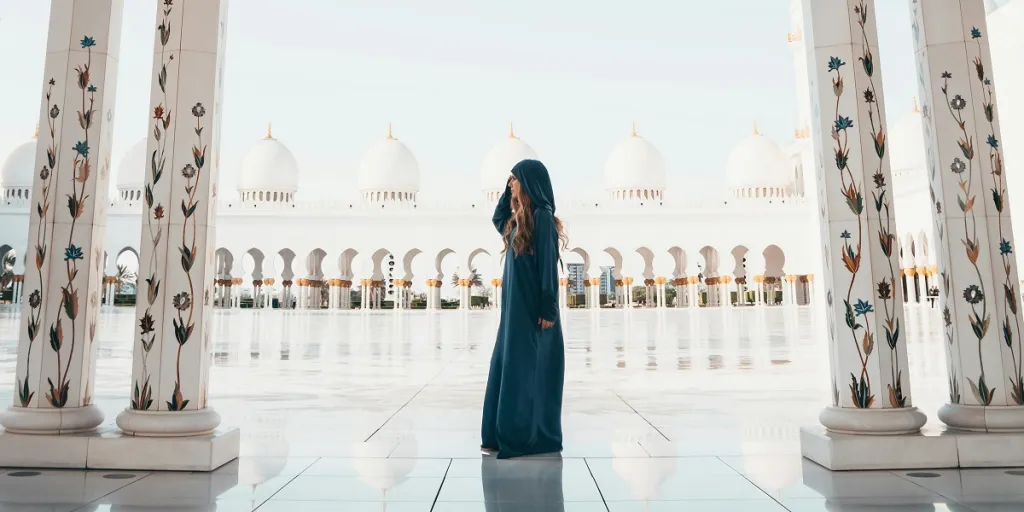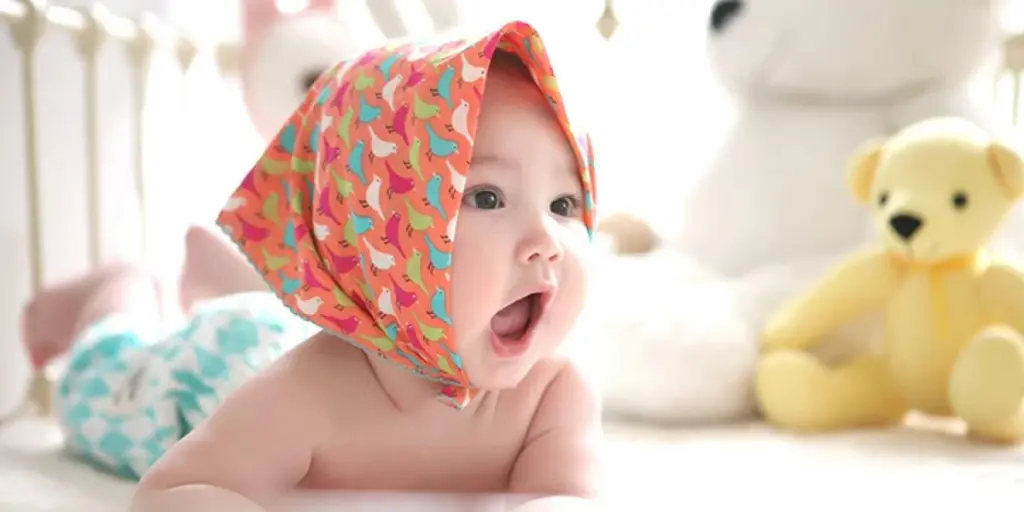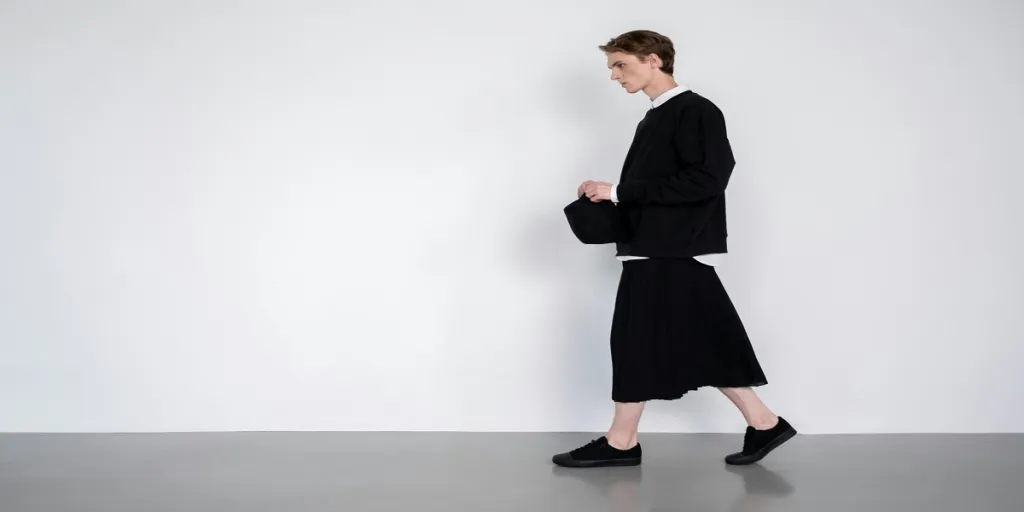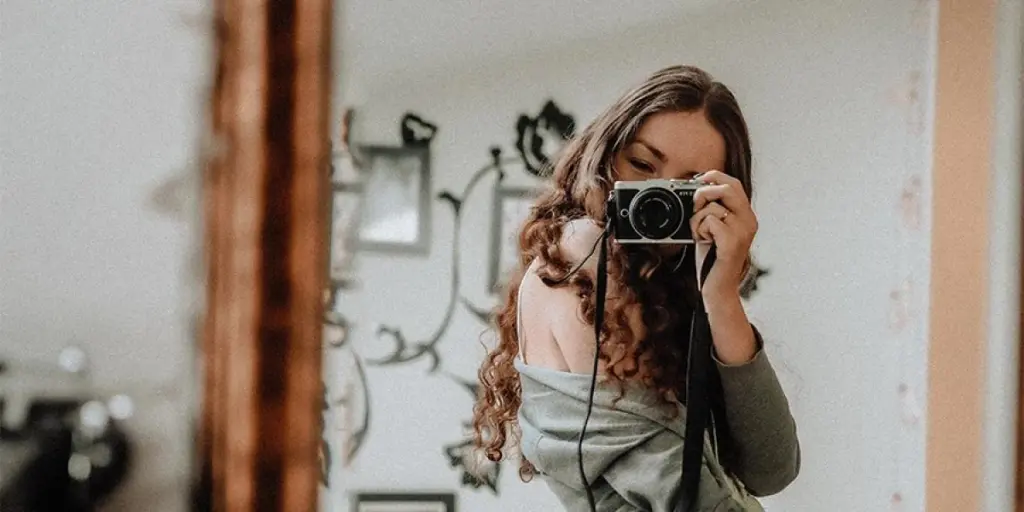This year’s autumn and winter fashion is a blend of style, warmth, and comfort to keep consumers feeling cozy and looking fabulous at the same time. As the season approaches, it’s time for businesses to consider updating their catalog with the latest designs inspired by the best themes.
This article will cover the top item themes that will lead the autumn/winter season of 2023/-24 for businesses to leverage and stay ahead of the competition. From neutral colors inspired by #lowkeyluxury to #notsoclassic menswear, these trends will surely spark creativity in brands that will set them up for success this season.
Table of Contents
Overview of the menswear market
Five key menswear trends for autumn/winter 23/24
Hop on these trends
Overview of the menswear market
Market statistics
According to research, the global menswear market was worth USD 483 billion in 2018 and is projected to grow at a compound annual growth rate (CAGR) of 6.3% from 2019-2025. Market growth can be ascribed to the growing fashion awareness among middle-aged men.
Coupled with social media and celebrity influence, the rising purchasing power of men worldwide, and the ease of online shopping through e-commerce, major designers have shifted focus to creating menswear due to its profitability.
Product insights
The menswear market is segmented into the clothing and accessories segment. The clothing/apparel segment held about 44.7% in 2018, making it the highest shareholder. This product category comprises upper, lower, sports, active, inner, sleep, and ethnic wear. And its market growth results from growing health awareness among working-class men.
The accessories segment, though lower, is anticipated to experience the fastest growth over the forecast period due to the increased demand for luxury products among millennial men. These products include luxury bags, cufflinks, watches, and belts, which most men are willing to invest a fortune in, thus driving the segment growth.
Distribution channels
The offline channel held the largest share of 83.3% in 2018, thanks to the accessibility of physical stores globally. Moreover, unlike Gen-Z, many millennials are uncomfortable purchasing clothes online, as physical stores offer instant availability and mouth watering seasonal sales.
Even so, the online distribution channel is expected to grow significantly in the next few years, considering the onset of the newest trends, rarest brands, and highly demanded clothing items at very reasonable prices online.
Additionally, most online clothing stores have collaborated with various banks to ease payment methods and offer attractive discounts to their customers. This partnership will boost e-commerce websites as banks use these platforms for advertising and promoting themselves, thus gaining more patronage.
Regional insights
Regionally, North America had the highest share owing to its relatively higher disposable income when compared to other regions. Furthermore, many active clothing brands are found in the U.S., significantly contributing to the segment growth.
However, Asia Pacific is expected to expand by 6.6% from 2019-2025 as countries like China and Korea continue to establish dominance in making copies of luxury brands and selling them to people cheaper, thus boosting market growth.
Five key menswear trends for autumn/winter 23/24
#LowKeyLuxury
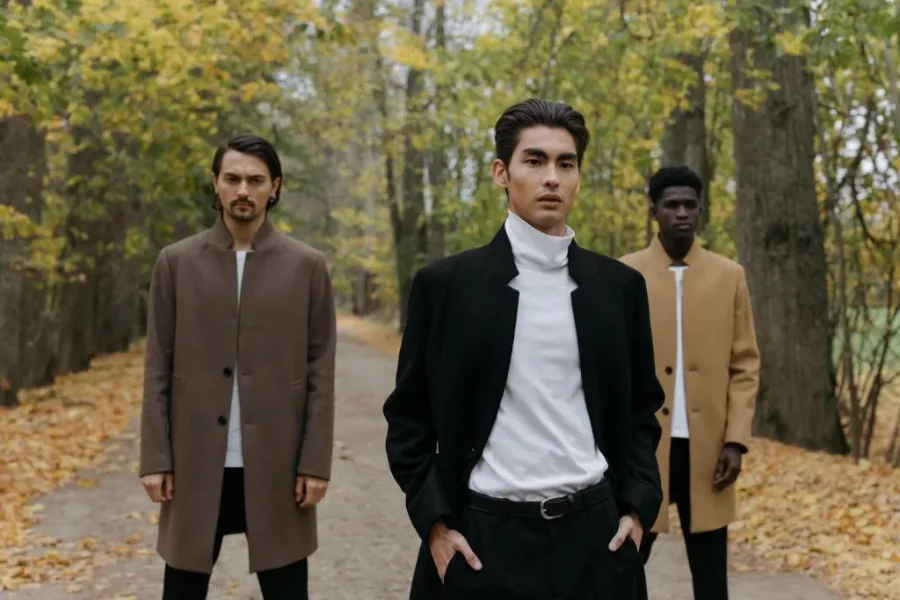
This trend focuses on minimalist fashion using understated luxury items. It achieves its inspiration by using high-quality fabrics with a refined aesthetic and subtle detail that effortlessly exudes sophistication.
This fashion trend is for men who want to look classy without looking too flashy. It also imbibes versatility, as consumers can wear many of its pieces on different occasions.
Brands should sell cozy, minimalist wear with elegant simplicity and high-quality fabrics like cashmere, silk, and wool in neutral colors such as pumice, sage leaf, chalk, basalt, and navy.
Clothes should have simple soft-shouldered silhouettes paired with tonal, matching sets. Details like stripes, checks, logos, and buttons should be minimal and discreet, emphasizing fabric quality and tailoring instead.
This trend includes high-quality knitwear such as cardigans and sweaters, overcoats, and pea coats in neutral colors, as well as clean-cut trousers made of cotton, linen, or wool.
#AgedAppeal

This vintage-inspired trend revolves around using faded colors, worn-in fabrics, and distressed materials that give clothing an aged and antique look. It also incorporated different textures and layerings using leather, denim, and suede fabrics. Colors often used in this look are cranberry, black, dark oak, murky green, and crimson.
This fashion story is loved by consumers who want a sense of nostalgia. Brands can offer a variety of pieces inspired by the 90s and 80s that match perfectly with the theme.
Products like leather jackets, graphic tees, worn-in leather boots, white flannel shirts, distressed denim jeans and jackets, woven shirts, retro sunglasses, leather belts, and vintage watches are great items to sell for profit.
#NotSoClassic

The #NotsoClassic trend embraces classic men’s clothing styles with a few modern twists. The theme is all about converting everyday menswear to create new looks by adding original elements and unexpected details. It also incorporates staples from Italian and British styles.
A significant characteristic of the theme is the use of unexpected fabrics such as velvet or leather in clothing items such as blazers and trousers conventionally made with other materials.
Bold patterns, prints, and flashy colors like crimson and carambola shine in unusual ways, like a bright-colored suit or a patterned coat. The trend also incorporates oversized or asymmetric silhouettes to classic pieces for a modern look.
Some apparels in this category include brightly-colored suits, patterned coats, oversized knitwear, bold-colored ties, statement scarves, and unique cufflinks. Businesses can profit from fashionistas willing to invest in these statement-making pieces.
#DarkNights
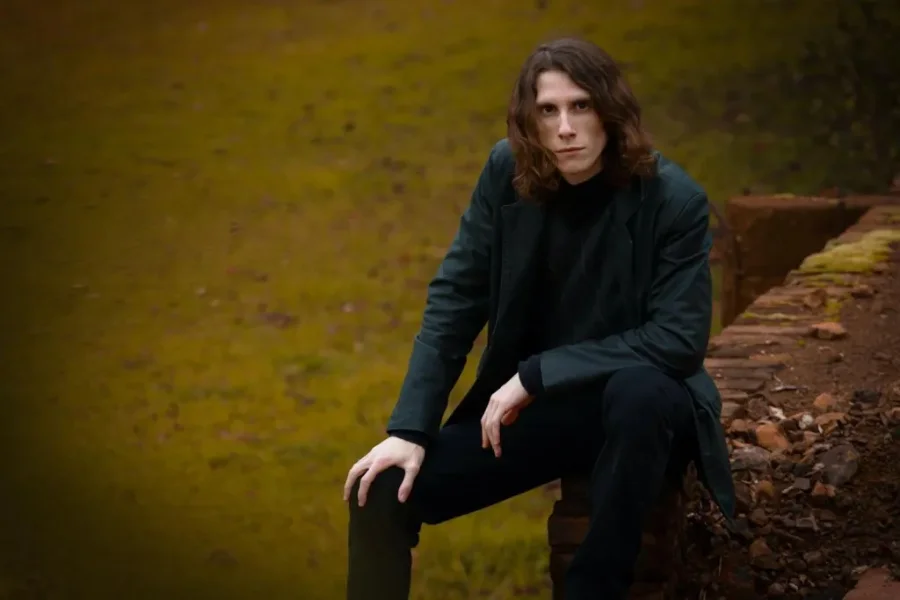
This trend is for consumers that want to create a bold, mysterious look with their outfits. It uses dark colors and textures to create a moody, edgy look combining classic menswear pieces with dark color pallets for a striking effect.
Businesses can offer products in textured materials such as wool, leather, and shearling in colors like black, optic white, crimson, midnight blue, basalt, cranberry, or charcoal. Fitted and sleek clothing items emphasizing long, streamlined shapes are also part of the trend.
Critical items in this category include dark-colored slim-fit suits, sleek coats in textured fabrics, black leather coats, and chunky knitwear.
#RedefiningMasculinity
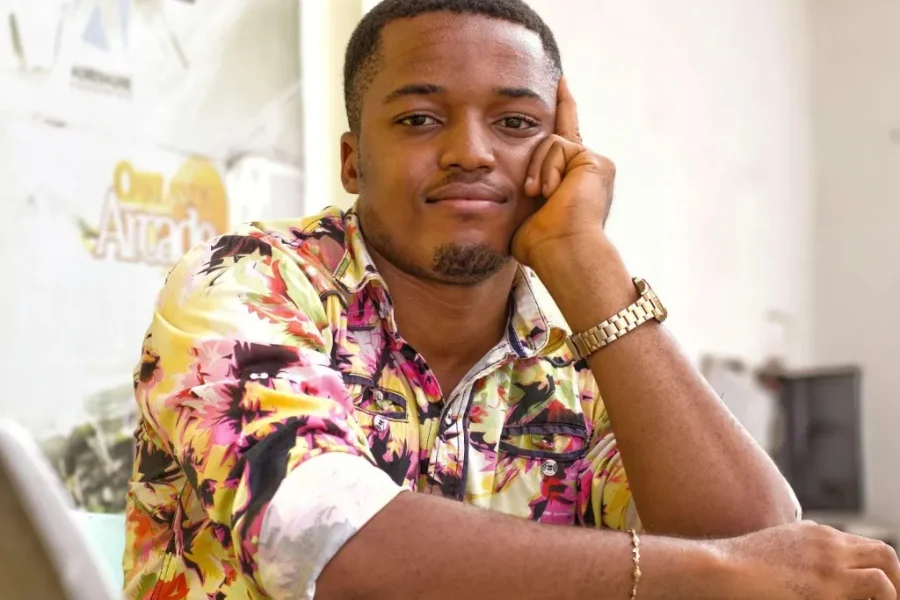
This trend explores new ideas of self-expression through fashion by including traditionally feminine colors and patterns in menswear. It mixes and matches different styles, including layering for a fluid and unstructured silhouette.
Some products businesses can sell in this theme are oversized sweaters and hoodies, gender-neutral scarves and bags, statement coats and jackets, unique patterns and prints, and even floral designs and geometric patterns. Brands can offer such products in various colors, from pink clay, Astro dust, and malachite to black and optic white.
#RedefiningMasculinity appeals to customers looking to express themselves in new and creative ways using fashion.
Hop on these trends
The upcoming season is an excellent opportunity for businesses to experiment with the menswear industry by including these different themes in their product catalog. Businesses can leverage one or more of these five trends to improve sales and maximize profit.
By hopping on these trends, offering exclusive products at accessible prices, and staying constantly updated with the evolving men’s fashion world, brands can secure a top spot and make themselves key players in the e-commerce fashion industry.
